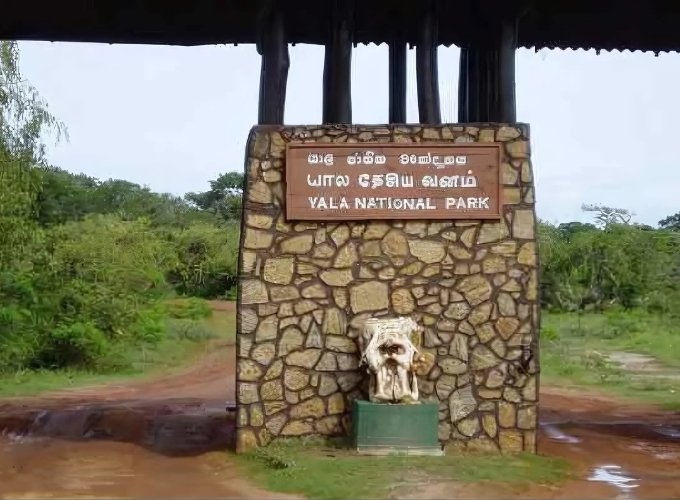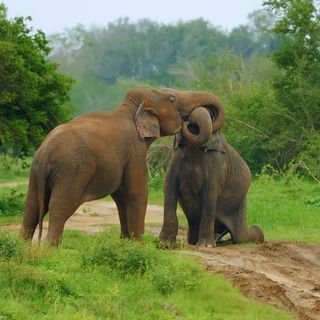Yala National Park, on Sri Lanka's southeastern coast, is a vital wildlife sanctuary renowned for its biodiversity. Spanning 979 sq km, it encompasses diverse ecosystems ideal for numerous flora and fauna. Notably, Yala boasts one of the world's highest densities of Sri Lankan leopards, attracting wildlife enthusiasts globally. Beyond leopards, the park shelters elephants, deer, and diverse birdlife, offering thrilling safaris and unforgettable eco-tourism experiences.

The History of Yala National Park
Yala's origins trace back to its designation as a wildlife sanctuary in the late 19th century, initially aimed at protecting big game. Over time, its importance as a biodiversity hotspot became increasingly recognized, leading to its expansion and eventual declaration as a national park. The park has played a crucial role in the conservation of Sri Lanka's unique wildlife, particularly the endemic leopard subspecies. Throughout its history, Yala has faced challenges, including human-wildlife conflict and the pressures of tourism. However, ongoing conservation efforts and sustainable tourism initiatives strive to balance the preservation of its natural heritage with providing enriching experiences for visitors. The ancient shrines nestled within the park's boundaries, such as Sithulpawwa, hint at a long-standing connection between the land and human history, adding another layer of significance to this remarkable natural landscape.

Must-Visit Areas in Yala National Park
-
Block 1: Known for its high leopard density and frequent sightings.
-
Block 4: Another prime area for leopard spotting and diverse wildlife encounters.
-
Sithulpawwa Rock Temple: An ancient religious site offering historical and cultural insights within the park's vicinity.
-
Kataragama: A significant pilgrimage town bordering the park, showcasing vibrant cultural traditions.
-
Kirinda Beach: A coastal area near Yala, providing a contrasting serene landscape
What Else to See and Do Near Yala National Park
-
Bird Watching: Yala's diverse habitats make it an excellent location for observing a wide array of avian species.
-
Elephant Encounters: Witness herds of elephants in their natural environment.
-
Wildlife Photography: Capture the beauty of Yala's unique flora and fauna.
-
Cultural Excursions: Explore the nearby Sithulpawwa and Kataragama for historical and religious experiences.
The dry season, from June to September, is generally considered the best time for wildlife viewing in Yala. During this period, water levels are lower, drawing animals to water sources, and the vegetation is less dense, improving visibility for potential leopard sightings and other wildlife encounters.
How to Get to Yala National Park
Yala National Park is accessible via several routes from major cities in Sri Lanka. The most common entry points are through Palatupana (near Tissamaharama) and Kataragama. From Colombo, you can travel by private vehicle or hire a taxi, a journey of approximately 5-6 hours. Alternatively, public buses are available to nearby towns like Tissamaharama, from where you can hire a jeep for park access. Domestic flights to Hambantota are also an option, followed by a shorter drive to Yala. Pre-booking your transportation and park entry permits is highly recommended, especially during peak season, to ensure a smooth and hassle-free journey to this incredible wildlife destination.
Best Places to Stay in Yala: Your Guide to Safari Lodges and Eco Retreats
-
Cinnamon Wild Yala (Luxury Lodge)
-
Jetwing Yala (Luxury Resort)
-
Yala Safari Camp (Mid-Range)
-
Tissamaharama Rest House (Budget-Friendly)

